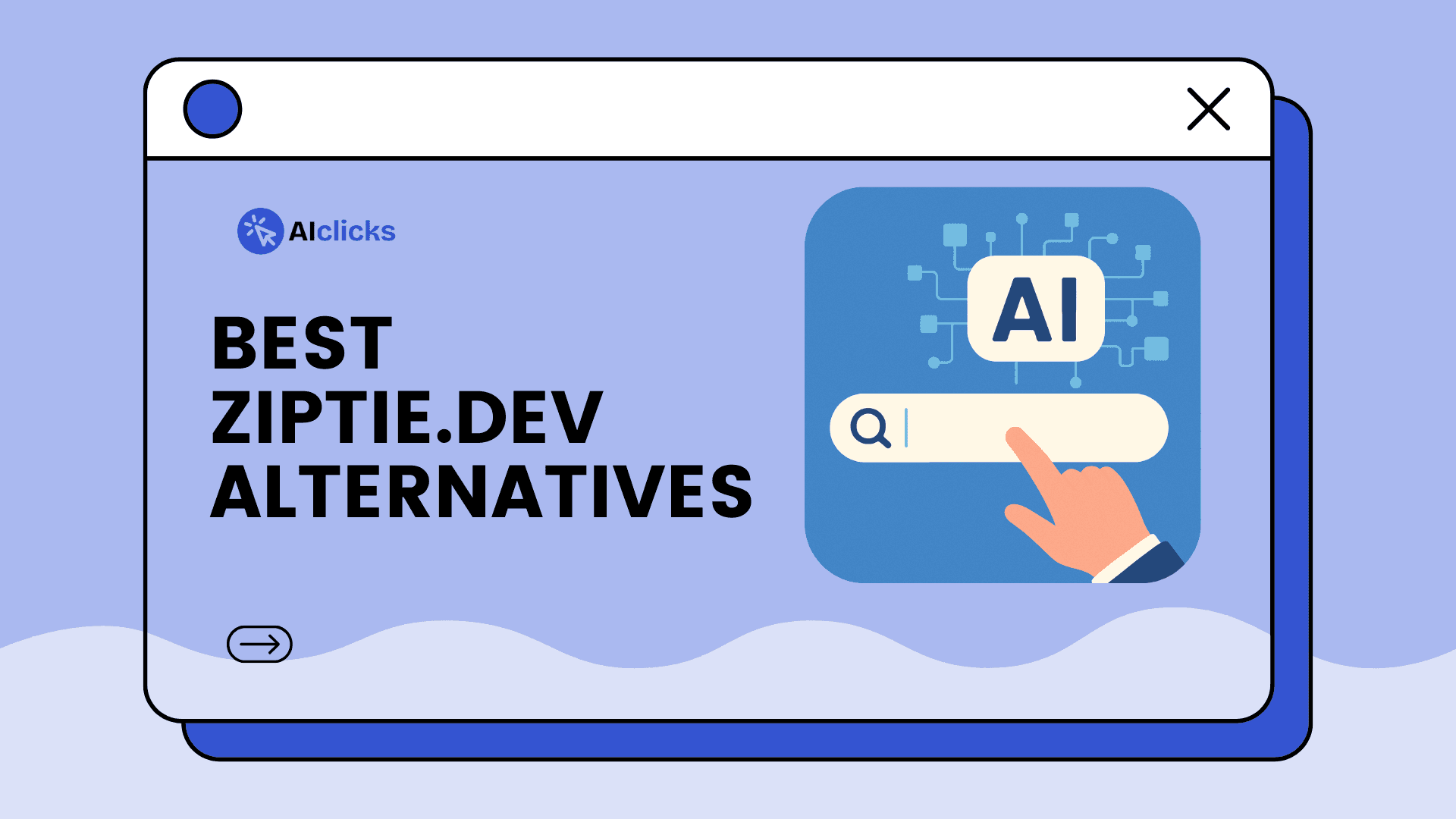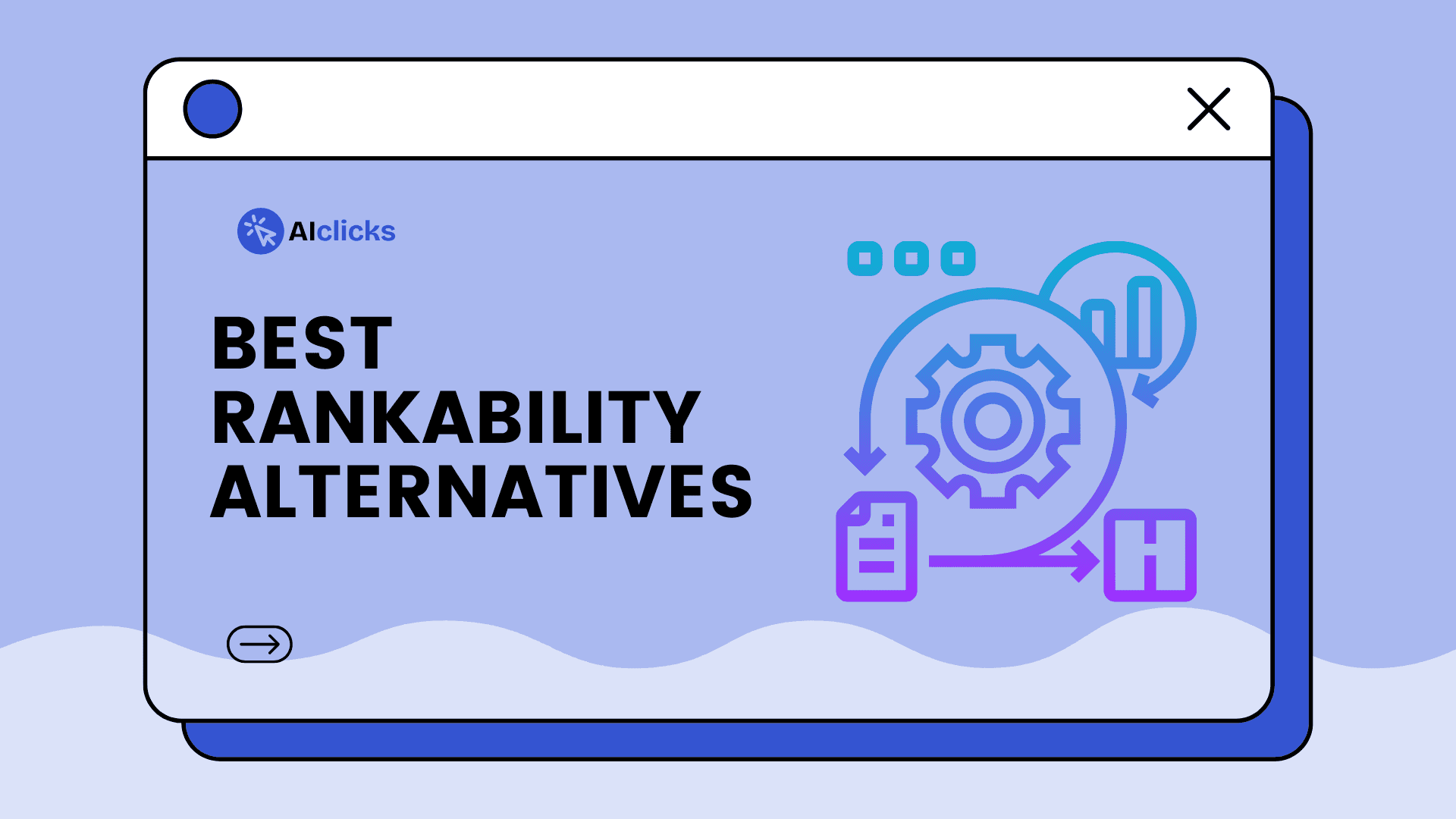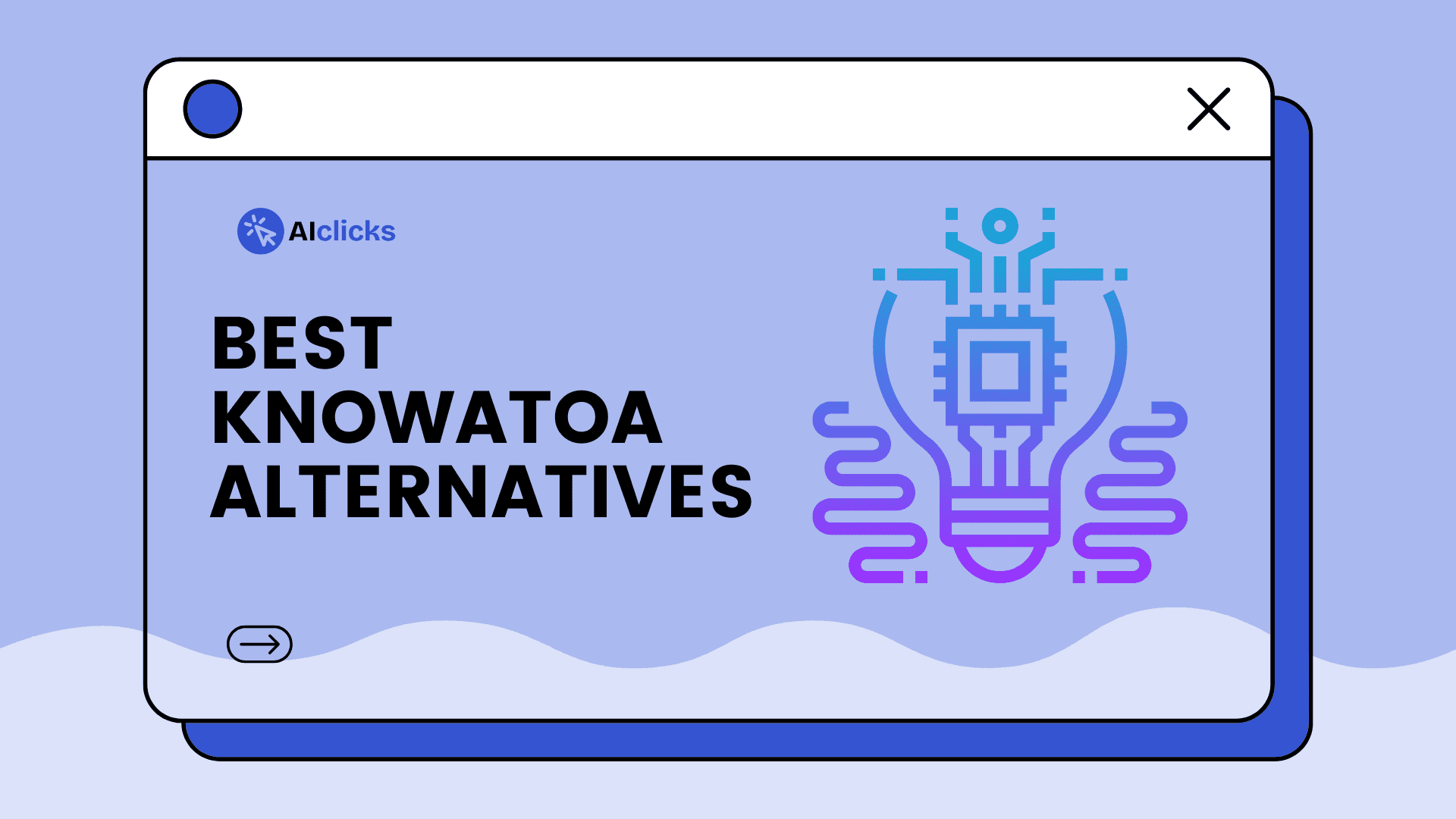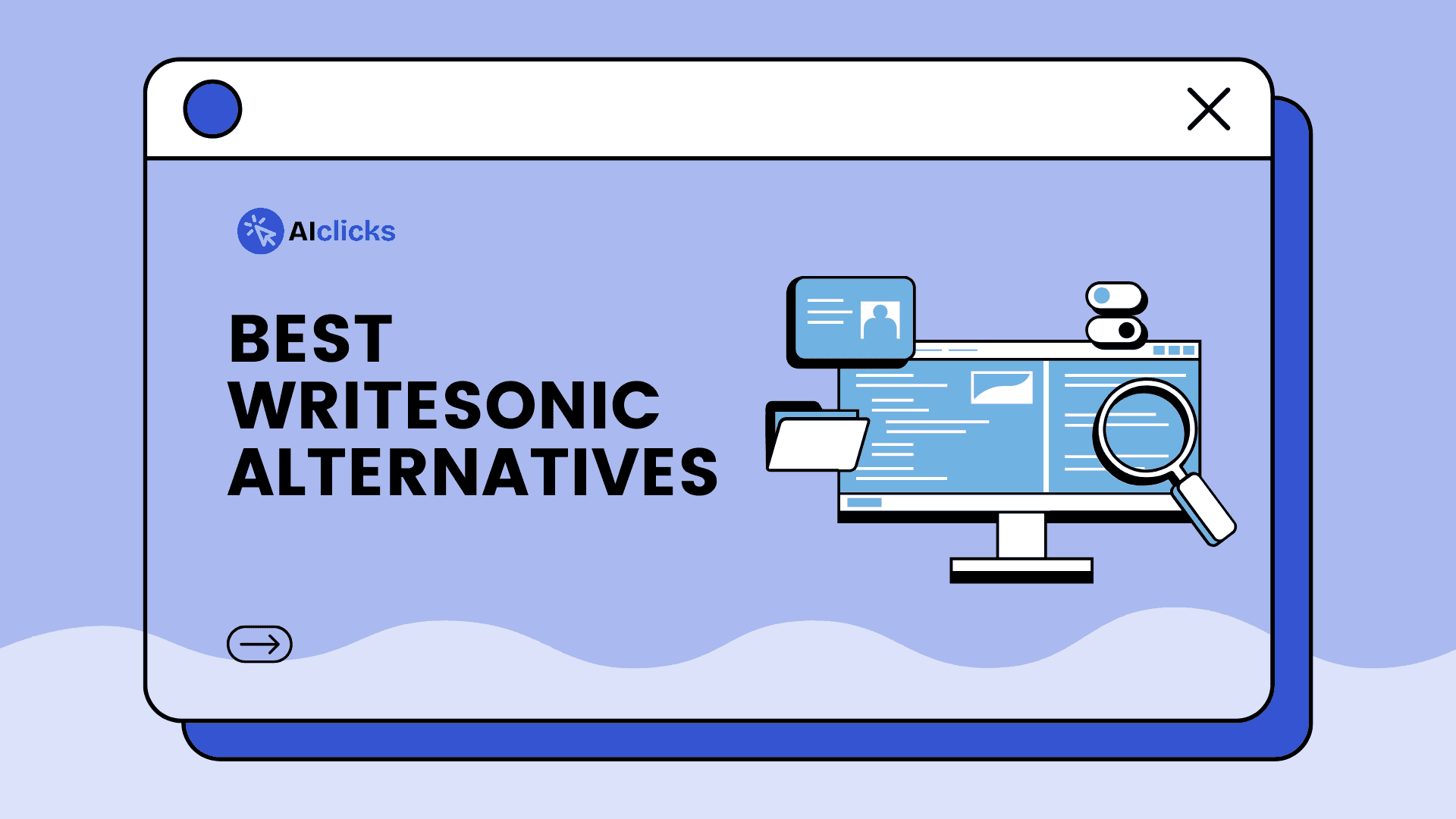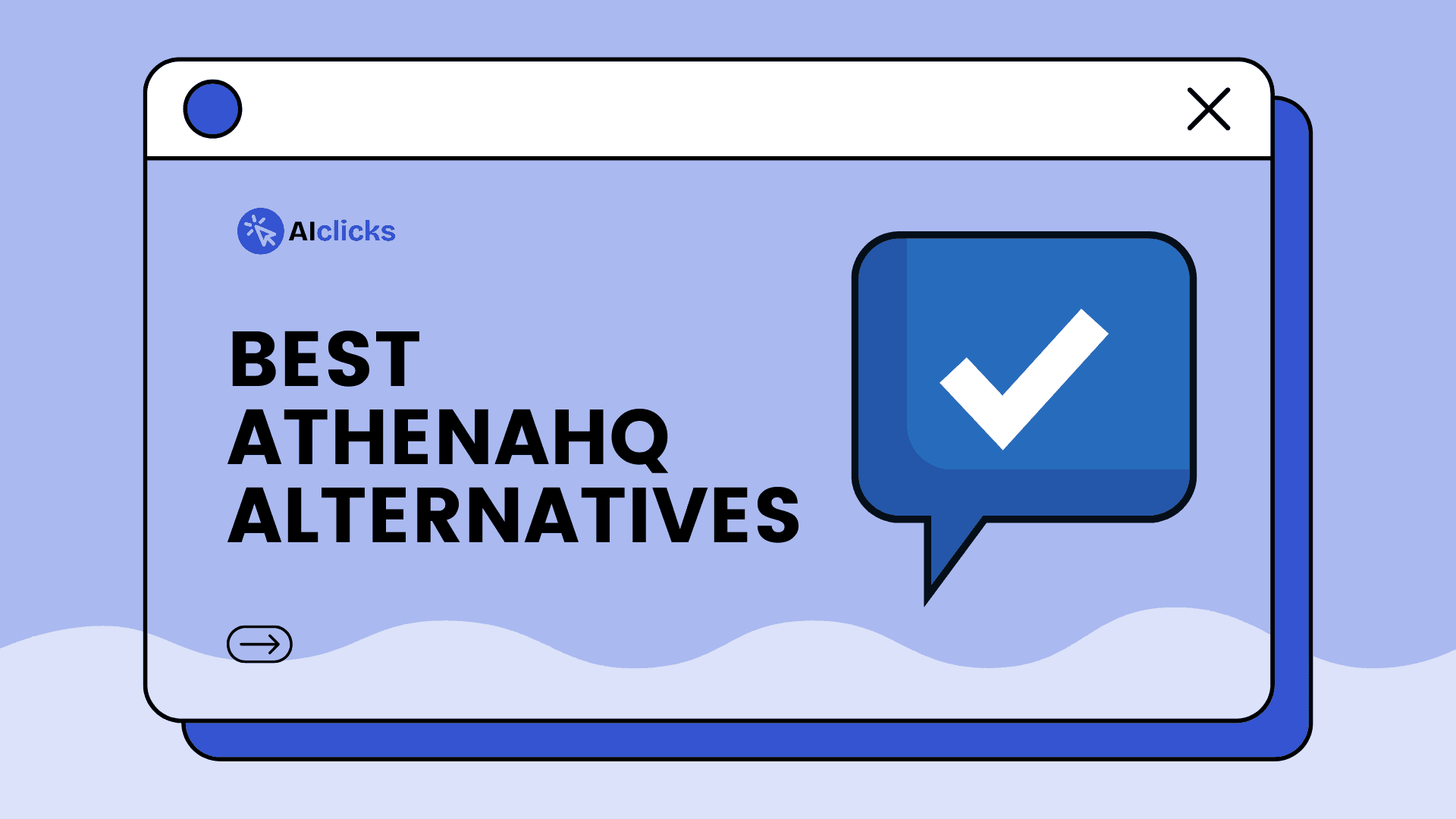
Written by:
Rokas Stankevicius
Founder @ AIclicks
Reviewed by:
Matas Kibildis
Head of Growth @ AIclicks
As the founder of AIclicks.io, I watched traditional search engines change almost every year. Honestly, I haven’t seen a shift this big in over a decade. In 2025, more people discover brands through AI tools like ChatGPT and other generative engines than most of us predicted. Suddenly, a huge slice of your web audience is asking questions not just in Google but inside AI chat tools.
What shows up in those answers? It can make or break your reach, leads, and revenue.
The hard part? The “rules” for ranking here are different. It’s not just about blue links and backlinks anymore. The listicles, reviews, and expert opinions that AI models like ChatGPT pull from don’t always match Google’s top results. I learned this the hard way running audits for brands at AIclicks.io. Your site needs to be not just findable, but “liftable” and trusted by these new engines.
This guide shares the practical steps I use with teams to rank brands, products, and content in ChatGPT’s results - without the fluff or empty promises. I’ll show you what actually works, why it does, and how to track your progress, so anyone from a SaaS founder to a local consultant can get discovered in AI answers.
TL;DR: How to Rank in ChatGPT Results
👉 The goal isn’t just ranking. It’s becoming the answer inside AI-driven search.
Category | Key Points | Actions to Take |
|---|---|---|
Step 1: Prompt Research | - People search with natural questions, not just keywords | - Track prompts & clusters with tools like AIclicks.io- Map GSC queries to real ChatGPT phrasing |
Step 2: Analyze AI Results | - Know who’s already getting cited and why | - Use AI search visibility tools to monitor brand mentions- Benchmark competitors and spot gaps |
Step 3: Create AI-Ready Content | - LLMs skim content in slices | - Start with answer-first intros- Add schema (FAQ, HowTo, ItemList)- Use static HTML / server-side rendering |
Step 4: Build Multi-Source Authority | - AI trusts multiple citations | - Earn reviews (G2, Trustpilot, Capterra)- Join relevant forums (Reddit, Quora)- Pitch to listicles & roundups |
Step 5: Optimize Technical Access | - AI bots need clean, fast access | - Allow GPTBot, Bingbot, PerplexityBot- Use IndexNow for Bing- Keep Core Web Vitals in check |
Step 6: Keep Content Fresh | - Outdated info gets ignored | - Update FAQs & stats- Add “last updated” markers- Review prompt visibility every 2–4 weeks |
Tools | - AIclicks.io (prompt & citation tracking)- Schema generators- Bing Webmaster Tools + IndexNow | - Track mentions, competitor citations, authority signals |
Why Ranking in ChatGPT Results Matters
Think about it: When you ask ChatGPT for the best project management tools, travel tips, or local cafés, you get direct, conversational answers. You’re not getting ten blue links. Instead, ChatGPT picks from a web of sources - review lists, testimonials, directories, and official guides. If your brand gets mentioned or cited here, you’re in front of buyers at the moment they’re making choices.

The difference with old-school SEO?
AI and generative search engines don’t just reward backlinks—they want clear authority, up-to-date citations, and detailed, structured content.
Traditional Google SEO focuses on ranking for keywords; ChatGPT, Perplexity, and BingChat want conversational answers and entity-rich sources. (Read more here about the differences between SEO and GEO)
Reviews and mentions in trusted lists, rather than slick keyword stuffing, mean everything for AI results.
Let’s break down exactly how to show up more often, and higher, in these new results.
What Determines Ranking in ChatGPT
LLMs like ChatGPT don’t use Google’s blue links or simple keyword matches. Instead, they read thousands of web pages, reviews, and lists, then combine “facts” into a helpful answer. Three big factors matter here:
Relevance and Authority: Content that directly answers the core question gets priority. But the model also checks for signals - are you mentioned on top review lists? Do directories confirm your details? Do user reviews match your claims?
Entity Recognition: Brands that are understood as specific “entities” with relationships, reviews, and real-world stats get cited more often.
Structured Presentation: Simple, sectioned, and well-formatted content - FAQs, clean headings, lists, and tables - gets “lifted” more easily into AI answers.
Backlinks still help, but AI search now trusts multi-source verification. If your business is cited in product lists, review sites, and community forums, you look real and reputable to ChatGPT.
There's a cool study done by Aleyda Solis on what are the differences between optimizing for AI and for traditional seo. Check it out here
The Step-by-Step Playbook
I like to think of this process as a loop - measure, create, refine, repeat. Here’s what works for me (and for the brands I help) in 2025.
Step 1: Master Prompt Research
Don’t just chase keywords - focus on the natural questions people type into ChatGPT. But at the same time, don’t ignore the proven demand signals you already have:
Pull commercial and transactional queries from Google Search Console or other SEO tools.
Compare them with how people actually phrase questions in ChatGPT or Perplexity.
Look at what users repeatedly ask or check—these are the prompts AI engines prioritize.
Track prompts and competitor mentions with AIclicks.io’s prompt libraries.
Cluster your prompts → Instead of chasing isolated queries, group related prompts into clusters Optimizing around clusters builds authority across a theme, not just a single question.

👉 Goal: Gather a pool of realistic, user-driven prompts, organize them into clusters, and align your content with both conversational queries and high-intent search behavior.
Step 2: Analyze AI Results
Once you’ve gathered your target prompts, the next step is to see who’s already winning. You can do this manually by typing queries into ChatGPT, Perplexity, or other AI chats - but that only gives you snapshots.
The smarter way? Use an AI search visibility tool like AIclicks.io.
Here’s why it matters:
Full visibility at scale → Instead of guessing, AIclicks tracks every time your brand (or competitors) is mentioned across ChatGPT, Gemini, Perplexity, and Claude.
Citation tracking → See which URLs, review sites, or “best of” lists AI engines are pulling from—so you know where to focus your PR and content updates.
Competitor benchmarking → Spot the prompts where competitors get cited but you don’t, and flip them into opportunities.
Trend monitoring → Track gains or losses in visibility over time so you can react quickly when your brand starts slipping.

With AIclicks, you’re not just checking results - you’re building a real-time dashboard of prompt coverage, brand mentions, and source citations. That way, you always know why certain brands are being lifted into answers, where are you being mentioned and what gaps you need to close.
Step 3: Create AI-Ready Content
This is where most teams miss out. The trick isn’t to write more text, but to make answers bold, direct, and easy for AI to “lift.”
Large Language Models (LLMs) don’t crawl your site like Google’s PageRank system. Instead, they break documents into chunks of text (“tokens”) and then pull out the parts that seem most relevant to a user’s question. If your content hides the answer under fluff, jargon, or endless intros, the model may skip over you entirely.
Think of it this way: the model is looking for a clean, immediate signal that matches the intent of the prompt. The faster and clearer your content delivers that, the more likely it is to be cited.
Here’s how to structure for LLM readability:
Answer-first intros → Start every page or section with a 1–2 sentence solution to the core question. Don’t bury the answer.
Chunk-friendly formatting → Break content into H2/H3 sections, bullets, and tables. LLMs are more likely to lift a neatly packaged section than a wall of text.

Schema markup → Add FAQ, HowTo, and ItemList schema to make the context machine-readable. Models read metadata as well as raw text.
Proof points → Cite awards, third-party sources, testimonials, and stats. LLMs reward multi-source verification—your claim gets stronger if it matches what’s seen elsewhere.
Navigation & sitemaps → Keep your site structure simple. Use segmented XML sitemaps for both Google and Bing so crawlers (and downstream AI engines) know where to find the essentials.
llms.txt file → Beyond robots.txt, add a dedicated llms.txt to guide AI crawlers. This lets you specify which pages are designed for AI indexing and how they should be interpreted.
Page speed & rendering → AI bots don’t handle slow, JS-hidden content well. Prioritize static HTML or server-side rendering for key pages. The faster your answers load, the easier they are to capture and reuse.
👉 Remember: LLMs don’t “read your whole site.” They skim in slices, looking for concise, authoritative answers. If your content is messy, slow, or buried in fluff, you’ll lose the chance to be the cited source.
Step 4: Build Multi-Source Authority
AI models don’t trust single sources - they cross-reference brands across multiple sites. To rank consistently, you need visibility in review directories, forums, listicles, and trusted articles.
Submit to “best of” lists and maintain profiles on top review platforms (G2, Capterra, Trustpilot, etc.).
Ask customers for detailed, feature-rich reviews. The more specific, the better - ChatGPT picks up on specifics.
Stay visible on Reddit and relevant forums, not with spam but helpful advice and real experiences. AI models grab from heavily referenced discussion threads.

Earn backlinks and quotes from strong, recognized sites. Sometimes what builds AI trust isn’t just SEO metrics, but third-party validation.
This is where AIclicks.io becomes critical. It doesn’t just show whether your brand is mentioned in AI answers - it also tells you which sources are driving those mentions.
Here’s what you can uncover with AIclicks:
Source breakdown → See exactly which pages, listicles, review sites, or forums are being cited for your prompts.
Mention coverage → Check whether your brand is actually included in those sources or missing entirely.
Traffic insights → Understand how much organic traffic each cited source gets, so you know which ones matter most.
Prompt triggers → See how many different prompts each source appears in, helping you spot high-leverage mentions.
Filtering by type → Segment sources into forums (Reddit, Quora), review directories (G2, Trustpilot, Capterra), listicles, or news/media to prioritize where you’re underrepresented.

This makes it clear where your authority gaps are. Maybe competitors dominate Reddit threads but you don’t. Maybe a “Best Tools for 2025” listicle drives dozens of AI answers but doesn’t mention you. With AIclicks, you can stack-rank opportunities and decide exactly where to invest time—PR outreach, review campaigns, or forum participation.
👉 Bottom line: AIclicks gives you a map of the ecosystem that ChatGPT pulls from. That way, you can stop guessing and start strategically building authority across the sources that AI engines trust most.
Step 5: Optimize for Bing + Technical Access
Technical errors kill visibility, period.
Unblock main AI/search crawlers: GPTBot, OAI-SearchBot, Bingbot, PerplexityBot.
Use server-side rendering or pre-render your top traffic pages.
Use segmented XML sitemaps and submit to both Google Search Console and Bing Webmaster Tools.
For Bing/Copilot, push all changes via IndexNow for real-time indexing.
Monitor your Core Web Vitals. Mobile speed and clarity matter because AI cares about usability signals too.
Step 6. Keep Content Fresh & Keep Iterating
AI models love up-to-date stats, reviews, and trends.
Add “Last updated” markers. Use fresh case studies and client wins.

Update FAQs to match new conversational queries as you find them.
Check AI results for your target prompts every two to four weeks, and prioritize fixes where your brand drops or disappears.
We use AIclicks for this. Our dashboard spotlights changes in prompt visibility, shows where you’re gaining or losing ground, and gives a prioritized list of actions for growth.
GEO Tactics for Local and Multi-Area Businesses
If you’re a local business, you can play this game too - sometimes even better.
Create specific pages for each target location with real stats, reviews, and exact service areas mentioned.
Use structured data markup for local business info, hours, and other NAP details.
Encourage customers to leave detailed, authentic reviews on Google Maps and niche directories.
Watch for local “best of” listicles—these get lifted by ChatGPT for neighborhood queries.
At AIclicks.io, I’ve seen small shops jump ahead of big-box names for “best [service] in [city]” queries when they did this well.
Real-World Tools & Measurement
You can’t fix what you can’t measure.
I recommend starting with AIclicks for this job (yes, our own tool, but here’s why):
Track your brand’s share of ChatGPT and AI engine mentions for every tracked prompt.
Compare your position or citations in answers to competitors - using real data, not guesses.
Monitor which URLs and external domains AI engines pull from most, so you know where to focus PR or content updates.
Get actionable recommendations on technical fixes, outdated content, or missing authority signals.
You’ll also want to segment AI-referrer traffic in GA4 and review conversion metrics. Prompt improvement isn’t just about raw impressions—it’s about leads and revenue, too.
Other tools? Use prompt libraries, schema generators, Bing Webmaster Tools, and IndexNow plugins for your stack. Also, we have a detailed blog post about our top AI search visiblity tools that we use daily
Source Type | What AIclicks Shows You | How to Use It |
|---|---|---|
Review Directories (G2, Trustpilot, Capterra) | Whether your brand is included, how many prompts cite that directory, and its organic traffic. | Push for inclusion or stronger reviews on directories that trigger many prompts. |
Listicles & Roundups (Best tools, Top 10 guides) | Which “best of” pages ChatGPT is pulling into answers and if your brand is mentioned. | Target outreach to authors or update your content to qualify for inclusion. |
Forums (Reddit, Quora) | How many prompts cite discussion threads and whether your brand is organically mentioned. | Join relevant threads with authentic contributions to build presence. |
News & Media Sites | Citation frequency, article URLs, and estimated reach. | Secure PR coverage and thought-leadership features on outlets that models trust. |
Competitor Mentions | Which prompts and sources cite competitors instead of you. | Identify high-impact content gaps and create strategies to close them. |
Common Pitfalls & How to Future-Proof Your Strategy
Some habits won’t work for ChatGPT results:
Keyword stuffing or old-school link schemes won’t get you cited more often.
Chasing quick rankings by brute force leads to weak visibility—AI engines see the bigger pattern.
Relying only on technical tricks. If your voice and reputation don’t feel real, users and models won’t trust you.
What lasts?
Build content that feels personal, direct, and helpful.
Collaborate with customers, partners, and communities for honest reviews and social proof.
Balance technical optimization with true thought leadership—share actual stories, data, and perspectives.
Stay curious. What works in AI search will keep changing; revisit results, learn, and adapt.
Conclusion
Ranking in ChatGPT and other generative engines isn’t just a “nice to have” anymore. In my experience, this is becoming the main front door for new customers in almost every industry. AI models reward brands that are visible, credible, and up to date—brands that others already trust and cite.
The good news? This isn’t magic. With the right prompt research, content, authority-building, and measurement loop, you can build lasting visibility in AI-driven search. Start with AIclicks.io for real tracking and guidance, keep your offer honest and useful, and watch your results grow.
Want to be the answer, not just another option? Build now for AI discoverability—and never stop refining your brand’s footprint in this new world.
FAQ about Ranking in ChatGPT Answers
How to rank in ChatGPT search?
Focus on authoritative, up-to-date content that AI can cite. Be present in review lists and directories, get indexed by Bing, and track your rankings with tools like AIclicks. Freshness, experience, authority, and trust are your guiding lights.
How to rank higher in ChatGPT search results?
Build visibility on Bing by earning citations, publishing structured content, and getting reviews on trusted platforms. Unique data, real experience, and positive brand reputation go further than keyword tactics.
How to optimize AI search results?
Answer user intent clearly with concise, authoritative writing. Use schema markup, open up your site to AI crawlers, and track how your brand appears and is cited in AI engines.
What’s the difference between AEO and SEO?
AEO (Answer Engine Optimization) focuses on getting cited in AI-driven answers, while SEO (Search Engine Optimization) targets ranking in traditional search results like Google. With AEO, authority signals, entity recognition, and structured, answer-first content matter more than backlinks alone. If you want a full breakdown, check out our guide on AEO vs SEO: Key Differences and Proven Optimization Tips.
Which prompts should I track on ChatGPT and Perplexity?
Not every query is worth chasing. The best prompts to track are commercial and transactional ones that signal buying intent, as well as recurring informational questions in your niche. Group them into clusters for stronger authority across related topics. Learn more in our article on What prompts to track on ChatGPT and Perplexity.
How do I pick the right AI search tool in 2025?
The ideal AI search tool depends on your goals - brand tracking, competitor benchmarking, or content optimization. Some tools specialize in prompt libraries, others in citation tracking or traffic analysis. To compare options side by side, see our detailed review: How to Choose the Right AI Search Tool in 2025: Complete Guide.
Our Content:
Tools
Top ZipTie.dev Alternatives for AI Visibility in 2025
Dec 9, 2025
Tools
Best Rankability Alternatives for 2025
Dec 9, 2025
Tools
Best Knowatoa Alternatives for AI Visibility in 2025
Dec 9, 2025
Tools
Top Writesonic Alternatives for AI Content Creation in 2025
Dec 9, 2025
Tools
Best AthenaHQ Alternatives for 2025
Dec 9, 2025
Tools
Best Scrunch AI Alternatives for 2025
Dec 9, 2025
Any questions left?
Book a call here:





